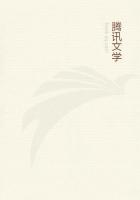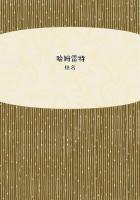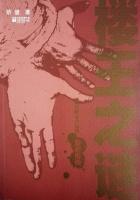*Considering the fame acquired by Parsonstown from Lord Rosse's mirrors, it may be interesting to note the following extract from "The Natural History of Ireland," by Dr. Gerard Boate, Thomas Molyneux M.D., F.R.S., and others, which shows that 150 years ago Parsonstown was famous for its glass:--"We shall conclude this chapter with the glass, there having been several glasshouses set up by the English in Ireland, none in Dublin or other cities, but all of them in the country; amongst which the principal was that of Birre, a market town, otherwise called Parsonstown, after one Sir Lawrence Parsons, who, having purchased that lordship, built a goodly house upon it; his son William Parsons having succeeded him in the possession of it; which town is situate in Queen's County, about fifty miles (Irish) to the southwest of Dublin, upon the borders of the two provinces of Leinster and Munster; from this place Dublin was furnished with all sorts of window and drinking glasses, and such other as commonly are in use.
One part of the materials, viz., the sand, they had out of England;the other, to wit the ashes, they made in the place of ash-tree, and used no other. The chiefest difficulty was to get the clay for the pots to melt the materials in; this they had out of the north."--Chap. XXI., Sect. VIII. "Of the Glass made in Ireland."Birr Castle itself is a noble mansion with reminiscences from the time of Cromwell. It is surrounded by a moat and a drawbridge of modern construction, and from its windows beautiful views can be had over the varied features of the park. But while the visitors to Parsonstown will look with great interest on this residence of an Irish landlord, whose delight it was to dwell in his own country, and among his own people, yet the feature which they have specially come to observe is not to be found in the castle itself. On an extensive lawn, sweeping down from the moat towards the lake, stand two noble masonry walls. They are turreted and clad with ivy, and considerably loftier than any ordinary house. As the visitor approaches, he will see between those walls what may at first sight appear to him to be the funnel of a steamer lying down horizontally. On closer approach he will find that it is an immense wooden tube, sixty feet long, and upwards of six feet in diameter. It is in fact large enough to admit of a tall man entering into it and walking erect right through from one end to the other. This is indeed the most gigantic instrument which has ever been constructed for the purpose of exploring the heavens. Closely adjoining the walls between which the great tube swings, is a little building called "The Observatory." In this the smaller instruments are contained, and there are kept the books which are necessary for reference. The observatory also offers shelter to the observers, and provides the bright fire and the cup of warm tea, which are so acceptable in the occasional intervals of a night's observation passed on the top of the walls with no canopy but the winter sky.
Almost the first point which would strike the visitor to Lord Rosse's telescope is that the instrument at which he is looking is not only enormously greater than anything of the kind that he has ever seen before, but also that it is something of a totally different nature.
In an ordinary telescope he is accustomed to find a tube with lenses of glass at either end, while the large telescopes that we see in our observatories are also in general constructed on the same principle.
At one end there is the object-glass, and at the other end the eye-piece, and of course it is obvious that with an instrument of this construction it is to the lower end of the tube that the eye of the observer must be placed when the telescope is pointed to the skies. But in Lord Rosse's telescope you would look in vain for these glasses, and it is not at the lower end of the instrument that you are to take your station when you are going to make your observations. The astronomer at Parsonstown has rather to avail himself of the ingenious system of staircases and galleries, by which he is enabled to obtain access to the mouth of the great tube. The colossal telescope which swings between the great walls, like Herschel's great telescope already mentioned, is a reflector, the original invention of which is due of course to Newton. The optical work which is accomplished by the lenses in the ordinary telescope is effected in the type of instrument constructed by Lord Rosse by a reflecting mirror which is placed at the lower end of the vast tube.
The mirror in this instrument is made of a metal consisting of two parts of copper to one of tin. As we have already seen, this mixture forms an alloy of a very peculiar nature. The copper and the tin both surrender their distinctive qualities, and unite to form a material of a very different physical character. The copper is tough and brown, the tin is no doubt silvery in hue, but soft and almost fibrous in texture. When the two metals are mixed together in the proportions I have stated, the alloy obtained is intensely hard and quite brittle being in both these respects utterly unlike either of the two ingredients of which it is composed. It does, however, resemble the tin in its whiteness, but it acquires a lustre far brighter than tin; in fact, this alloy hardly falls short of silver itself in its brilliance when polished.
[PLATE: LORD ROSSE'S TELESCOPE. From a photograph by W. Lawrence, Upper Sackville Street, Dublin.]



